E-commerce Growth
The rise of e-commerce significantly influences the Global Leather Goods Industry, providing consumers with unprecedented access to a wide range of products. Online platforms enable brands to reach global audiences, facilitating the sale of leather goods across borders. This trend is particularly beneficial for small and medium-sized enterprises that may not have the resources for traditional retail. As online shopping continues to gain traction, it is expected to drive sales in the leather goods sector. The convenience and variety offered by e-commerce platforms are likely to enhance consumer engagement, further propelling market growth.
Sustainability Trends
Sustainability has become a pivotal driver in the Global Leather Goods Industry, as consumers increasingly seek eco-friendly products. Brands are responding by adopting sustainable practices, such as sourcing leather report from responsible suppliers and utilizing vegetable tanning methods. This shift not only appeals to environmentally conscious consumers but also aligns with global efforts to reduce carbon footprints. As a result, companies that prioritize sustainability are likely to capture a larger market share. The industry's evolution towards sustainable leather goods may contribute to the projected growth, with the market expected to reach 540.1 USD Billion by 2035.
Rising Disposable Income
The Global Leather Goods Industry experiences a notable boost due to the increasing disposable income among consumers worldwide. As individuals have more financial freedom, they tend to invest in premium leather products, which are often perceived as status symbols. This trend is particularly evident in emerging economies, where a growing middle class is eager to purchase high-quality leather goods. In 2024, the market is valued at approximately 284.0 USD Billion, reflecting the strong demand for luxury items. This trend is expected to continue, driving the market further as disposable incomes rise, particularly in regions like Asia-Pacific.
Market Growth Projections
The Global Leather Goods Industry is projected to experience substantial growth over the next decade. With a current valuation of 284.0 USD Billion in 2024, the market is expected to reach 540.1 USD Billion by 2035, indicating a robust expansion trajectory. This growth is underpinned by a compound annual growth rate (CAGR) of 6.02% from 2025 to 2035. Such projections reflect the increasing consumer interest in leather products, driven by factors such as rising disposable incomes, sustainability trends, and technological advancements. The market's potential for growth suggests a vibrant future for the leather goods sector.
Fashion Industry Influence
The Global Leather Goods Industry is heavily influenced by the fashion sector, where leather products are often seen as essential components of stylish wardrobes. High-profile fashion shows and celebrity endorsements can create significant demand for leather goods, driving trends and consumer preferences. As fashion evolves, so does the appeal of leather items, which are frequently incorporated into seasonal collections. This dynamic relationship between fashion and leather goods suggests a continuous cycle of demand, with the market poised for growth as new styles emerge and consumer interest remains strong.
Technological Advancements
Technological innovations play a crucial role in shaping the Global Leather Goods Industry. The integration of advanced manufacturing techniques, such as 3D printing and automated cutting, enhances production efficiency and reduces waste. Additionally, digital platforms facilitate personalized shopping experiences, allowing consumers to customize their leather goods. These advancements not only improve product quality but also cater to the growing demand for unique and personalized items. As the industry embraces technology, it is likely to attract a broader consumer base, contributing to the anticipated CAGR of 6.02% from 2025 to 2035.
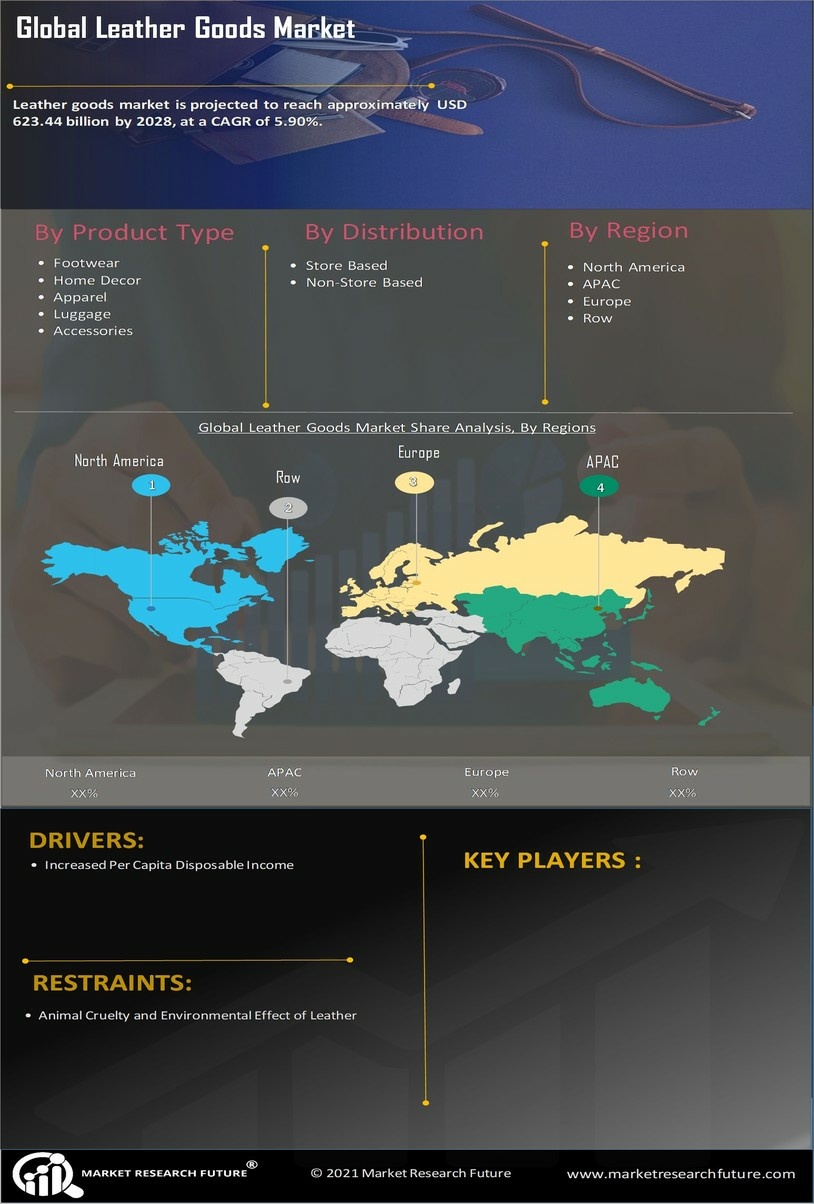

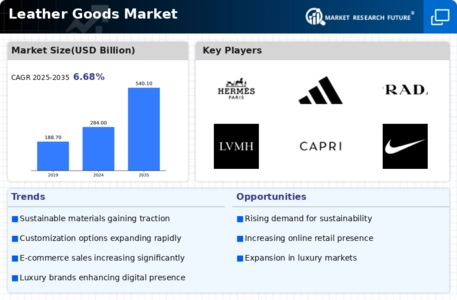
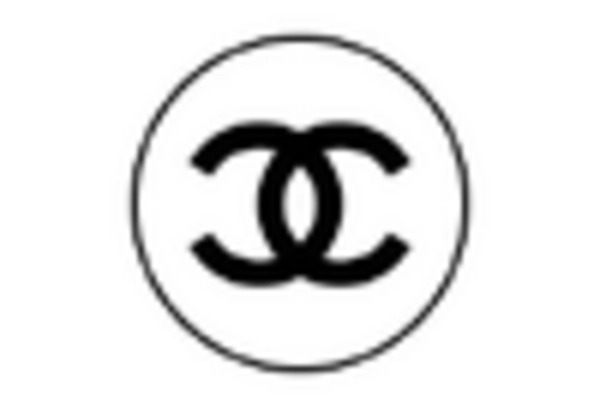
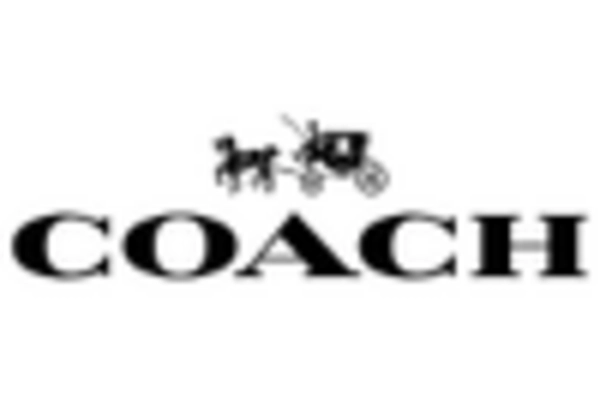
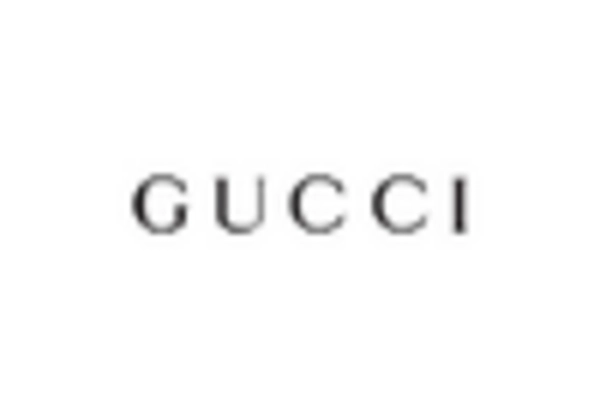

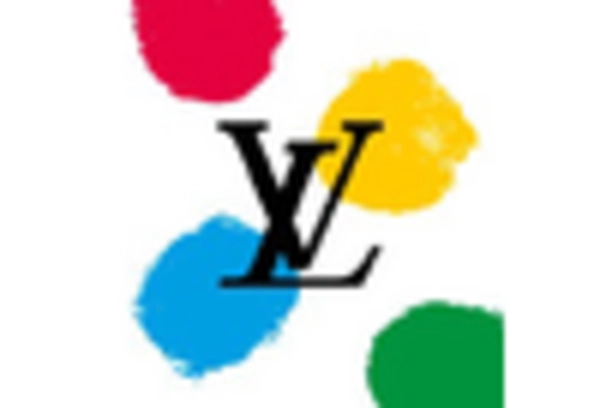
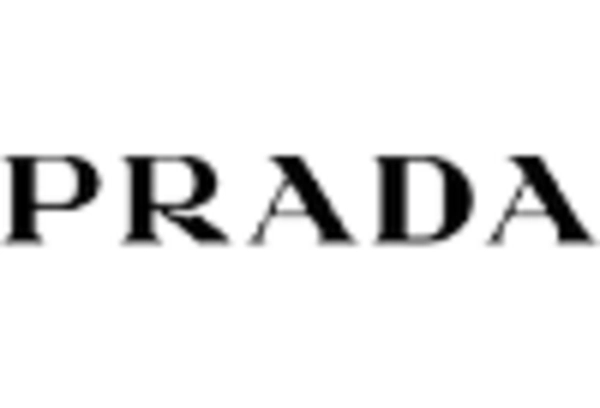








Leave a Comment